Leisure & Culture #48
Aesthetics of Colours vs. Beauty of Black-n-White
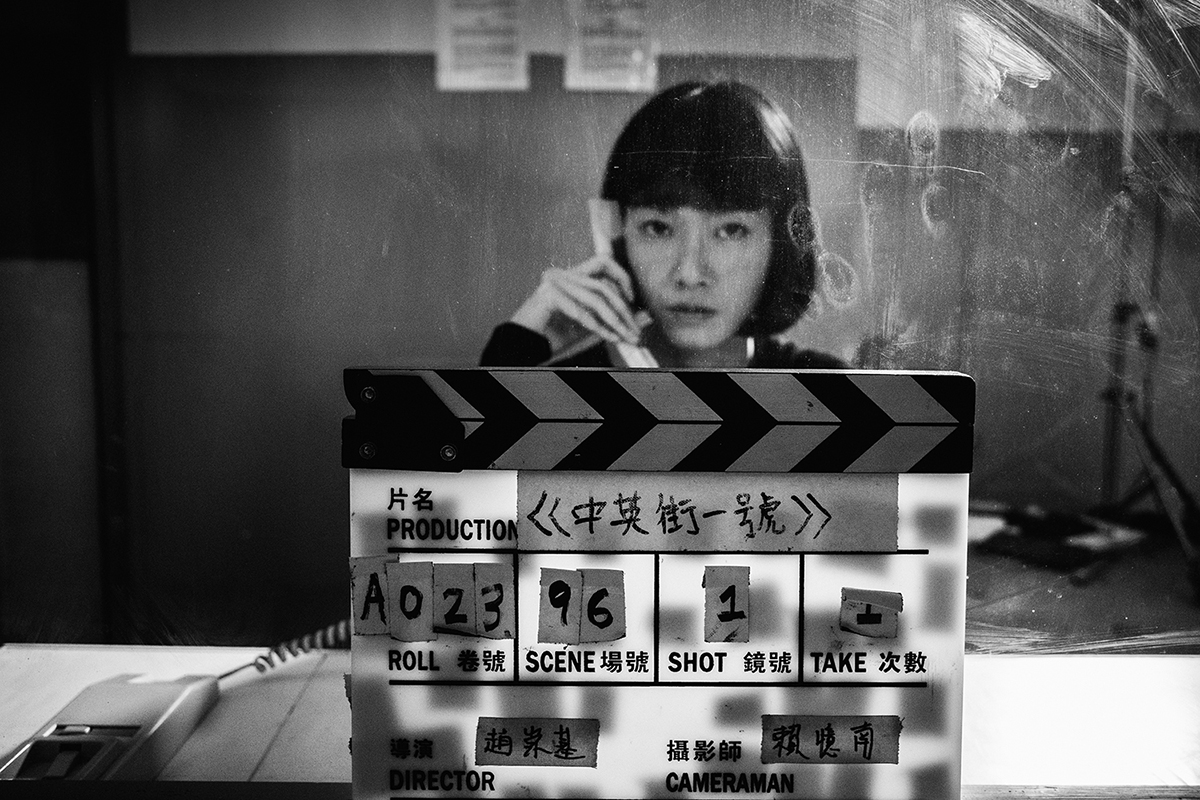
Text & Photos by Lai Yat Nam
Translated by Derek Leung
After watching the world premiere of “No. 1 Chung Ying Street” in Osaka Asian Film Festival in late March this year, I kept thinking, on the train returning to Kyoto, about the rectification of the visual concept of the movie. Were those gloomy black and white images too elegant or too unrealistic? Was it the past tense of dreams or the continuous tense of the current data input? Despite my design involvement in the movie pictures all the way from shooting, editing to colouring, I had never watched the entire screening as part of the audience in a cinema until the music was combined with the special effects, which, indeed, gave me a strong heartfelt feeling that was both intimate and unfamiliar.
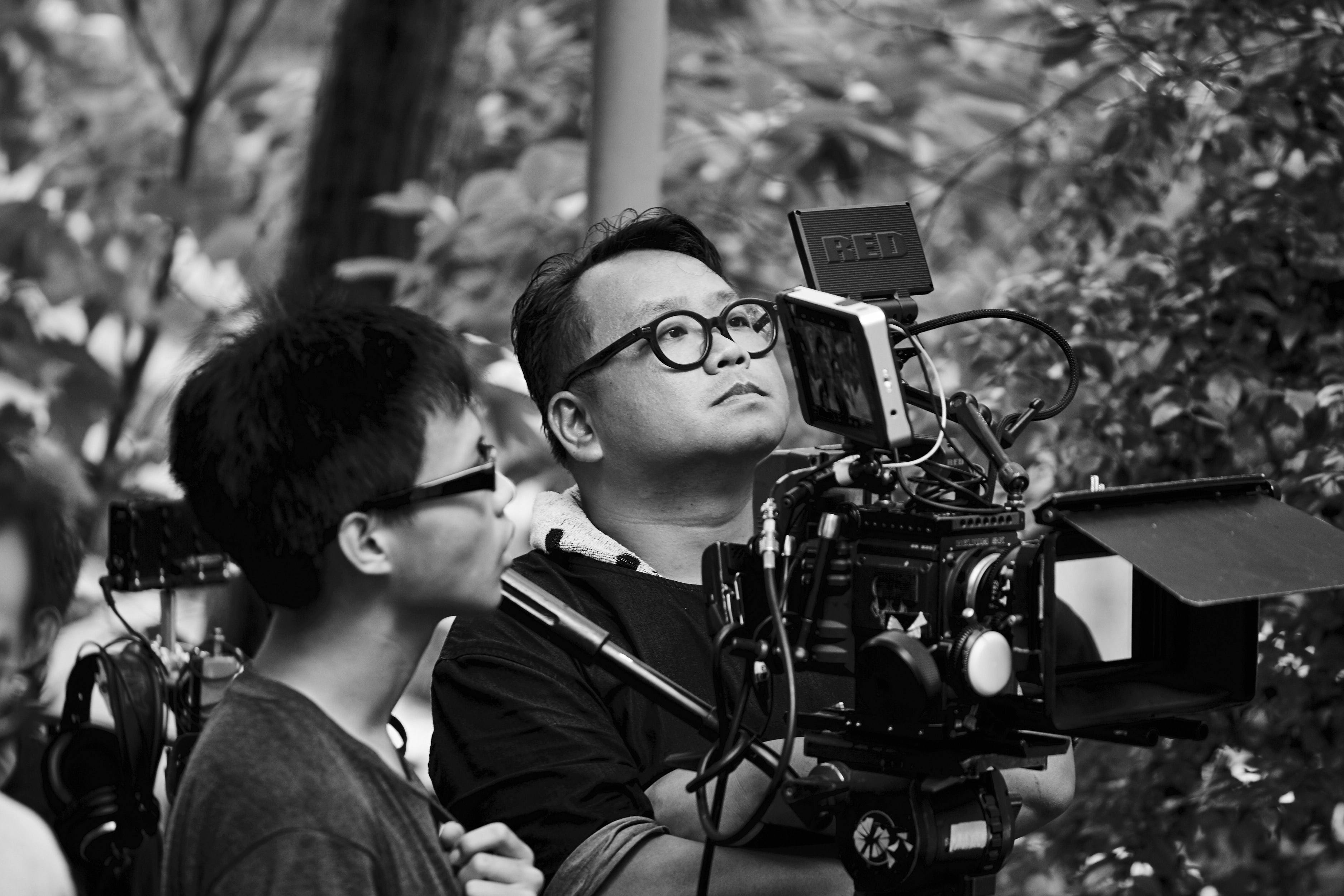
“No. 1 Chung Ying Street” is the second feature where I am the cinematographer. The director asked me from the very beginning for my opinions and any possible obstacles if tones of black and white were adopted for the whole movie, I said I had little worries about and found little hardship on it, because my unique preference for and certain technical research on black-and-white photography, in tandem with my experimemts carried out when I was still in advertising, equipped me with some operational skills. Later, after studying the whole script, I found black-and-white photography the only choice of cinematography thanks to its symbolic meaning of both real and imaginary time and space, its surreal connection of different eras, and its representation of the living and the emotional struggles of the youth in such a critical period of time.
Two types of contrasting hues of black and white are adopted to create two periods, namely around 1967 and 2019 where two distinct ideologies and social climates can clearly be observed. In 1967, the subtlety in shooting, the strong contrast of dark black and snow white without any intermediary grey scale, together with the film language of concision and with tension, play the main role in implying the hidden stirring anxiety of the people living in the 1960s.
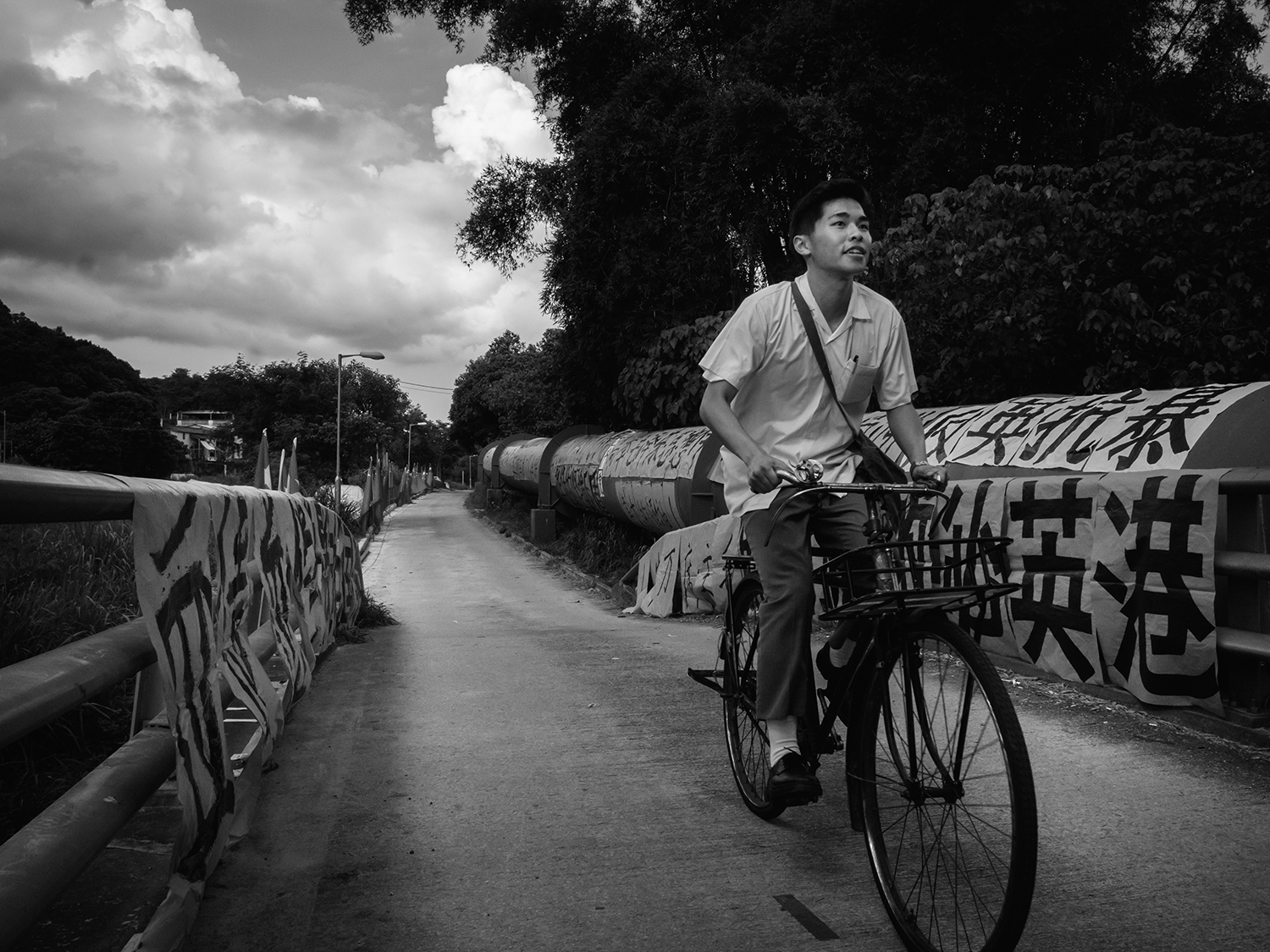
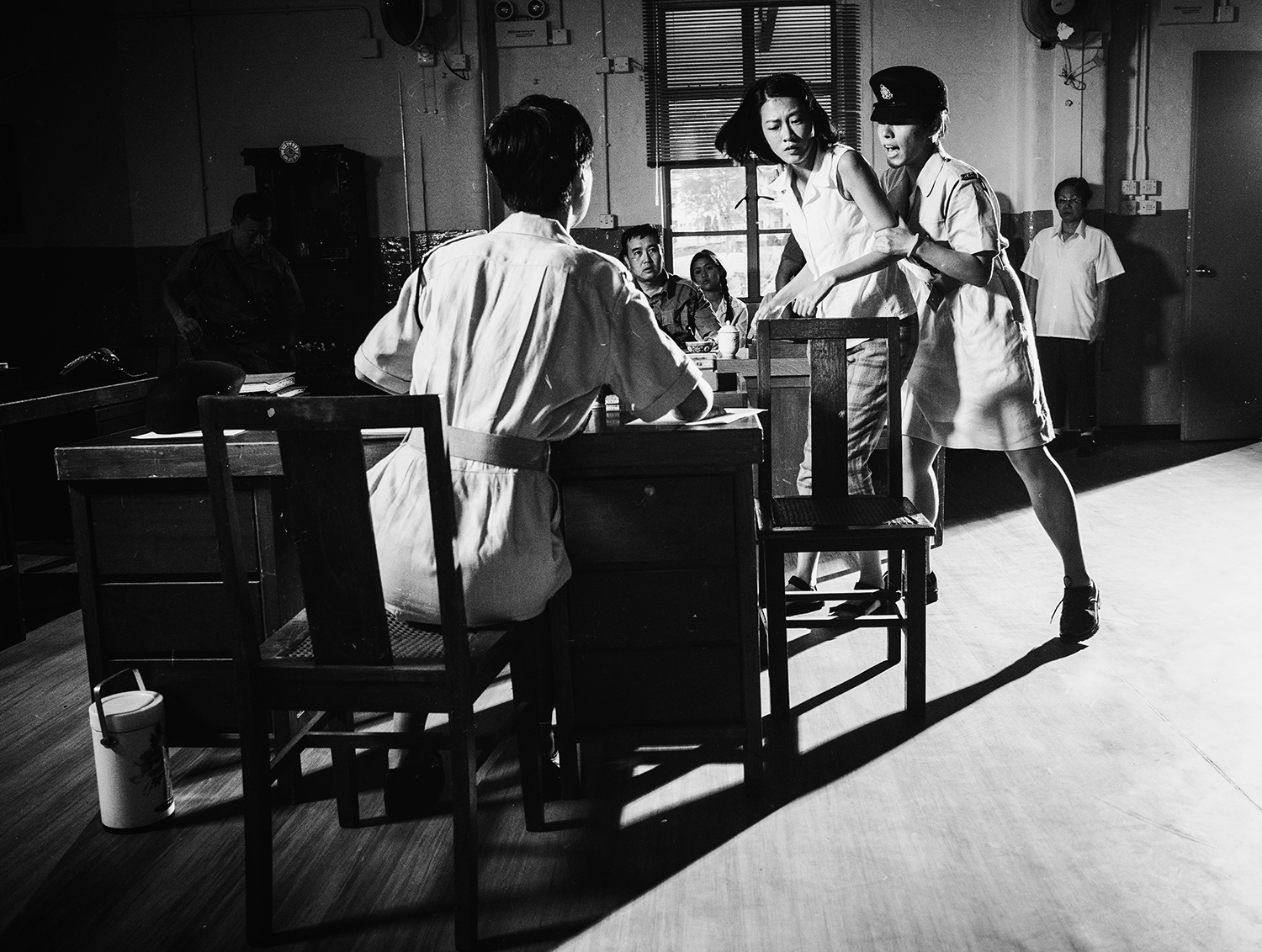
The fictional space and time in 2019, on the contrary, narrates as a fable while echoing the contemporary world. This part is reflected by the slight shift of the tone, the shooting in relatively wider angles, as well as the special focus in the central part other than the foreground and the background. The blueish grey melancholic tone and the coarser texture of the images illustrate the gradual sadness and hopelessness in the story.
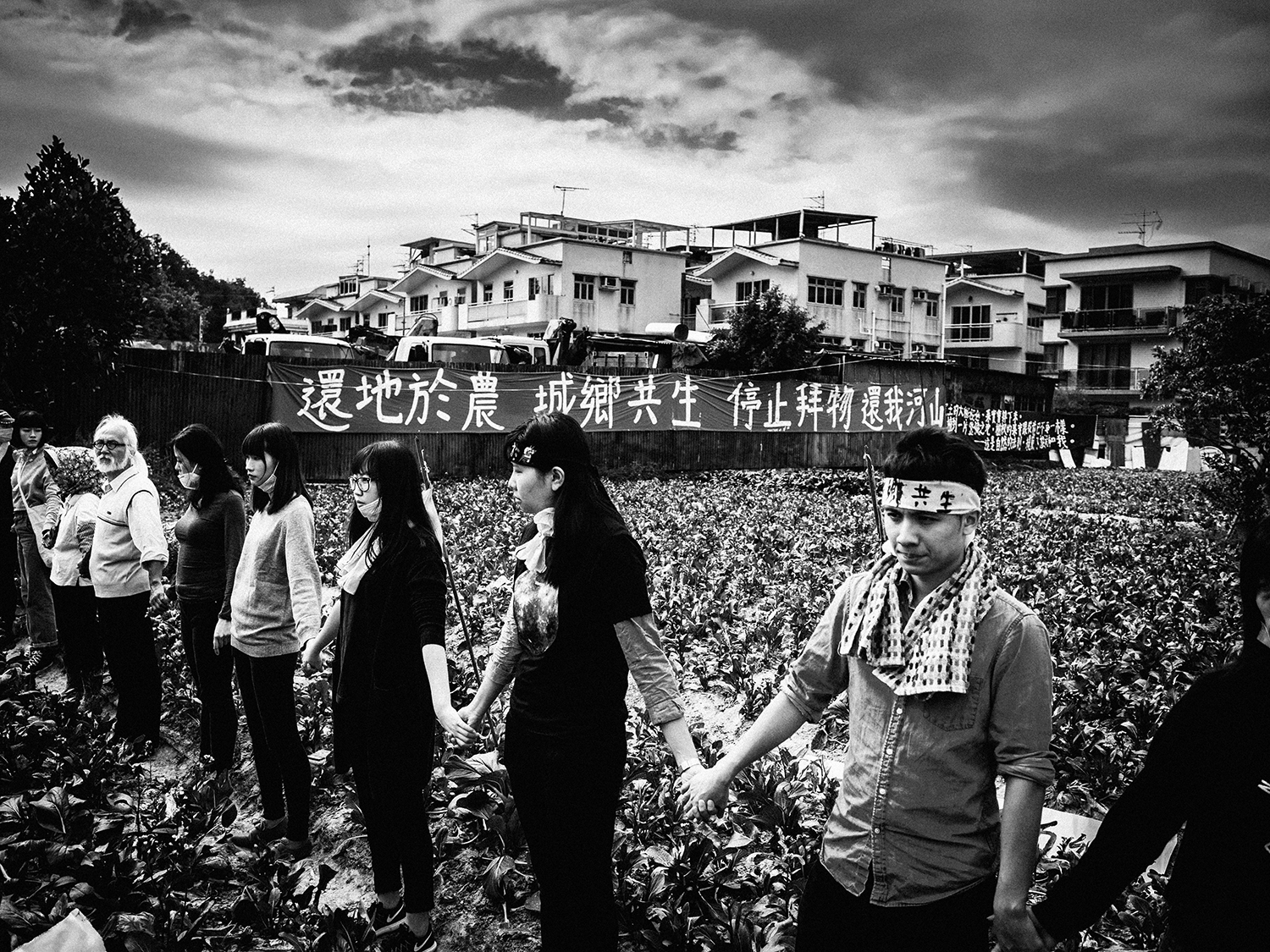
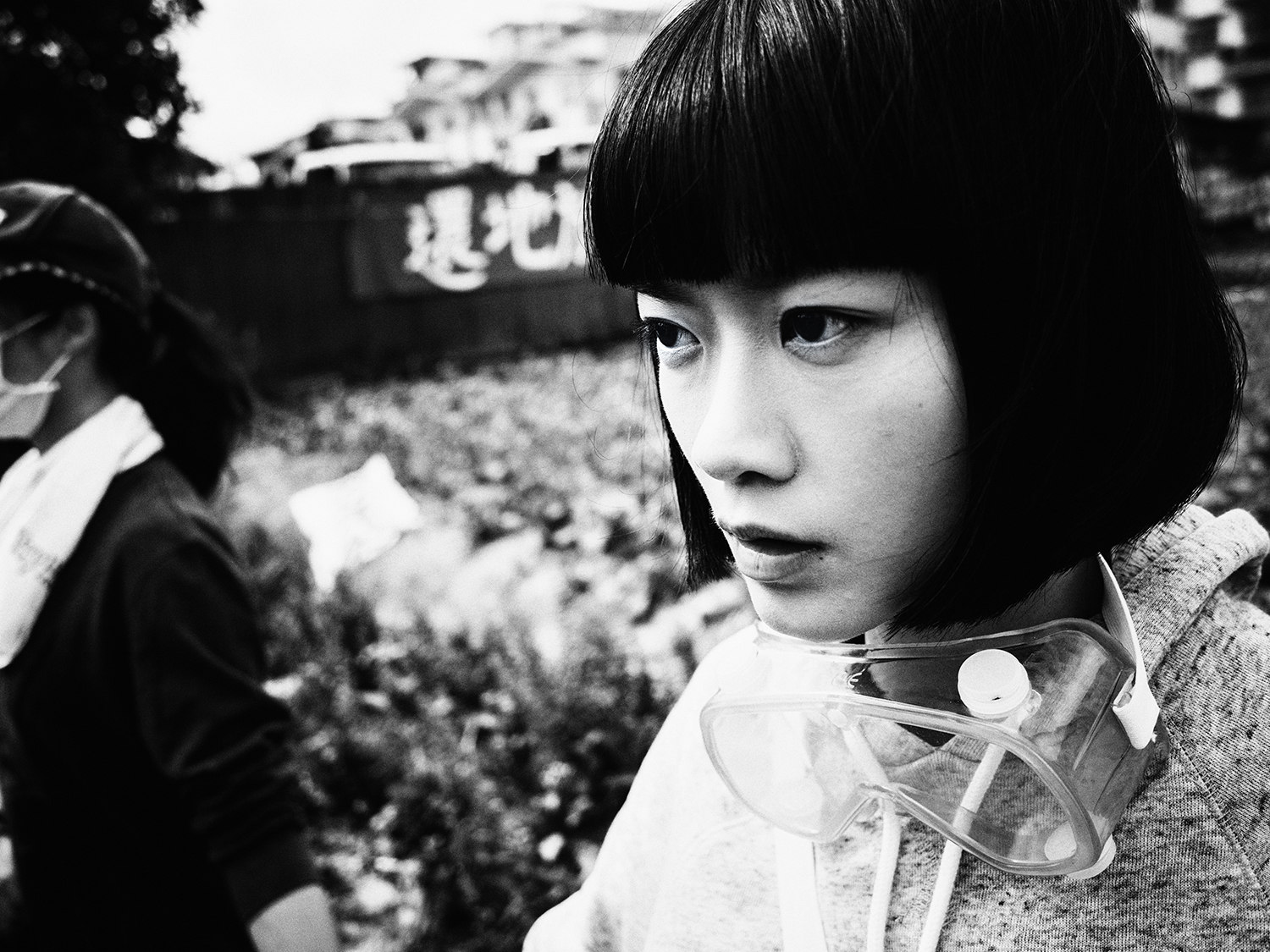
I believe many will ask me why I use black and white. In their opinion, the world is full of colours and this is what human beings experience visually, which very likely proves you will not accept a digital camera that can only shoot black and white, or a TV screen that can only show these two extremes. Colours versus black-and-white is indeed an eternal problem and it is metaphysically mysterious to make use of black and white instead of the wide range of colours observable in the real world. Addressed as absolutely realistic aesthetically while providing a whimsical gap of thought philosophically, this visual setting takes the audience to reflect on their lives as the characters at that particular time.
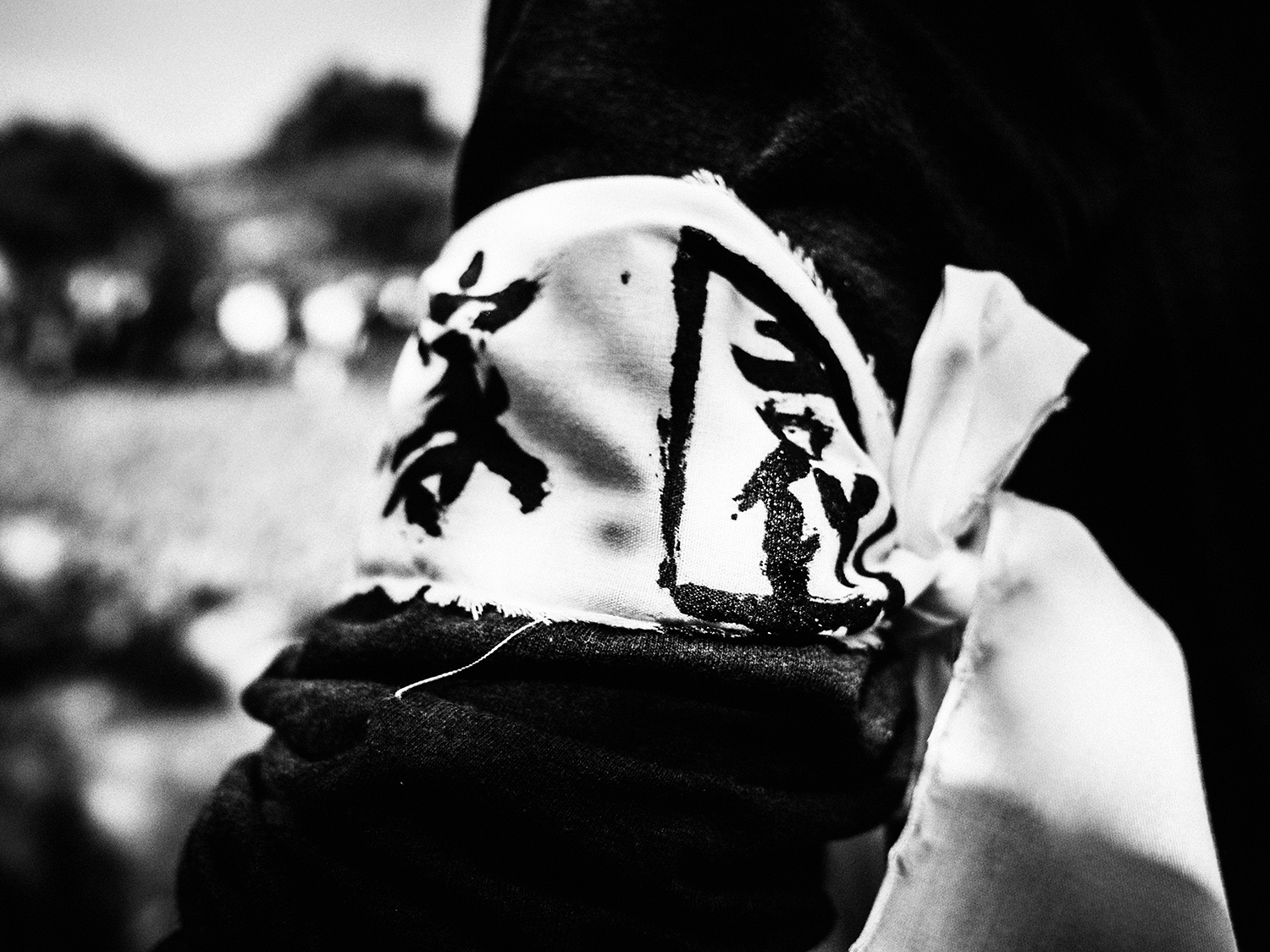
I once said in the article “Salute to Fan Ho and Photography” that “photographers live a forward-going linear life and all images the cameras capture are bygone. Instead of the past and the future, the only thing that can be photographed is "now". Even Ho is not able to change such a relationship between photography and time.”That said, such a medium of art is just the opposite of photoshooting as movies, through the recording of images in motion, can restore the bygone space in or close to its entirety, or even assume or create the time in the future. I wish you to appreciate films from the perspective of time next time you watch them and you would then be able to see another world.
“No.1 Chung Ying Street”
Grand Prix (Best Picture Award), Osaka Asian Film Festival
Screening in Udine Far East Film Festival
Trailer:https://www.youtube.com/watch?v=-qnewzrJxMo


